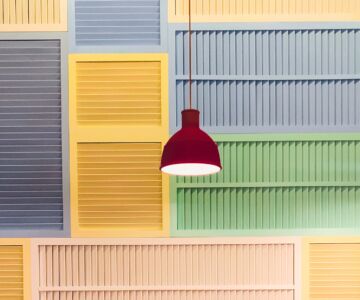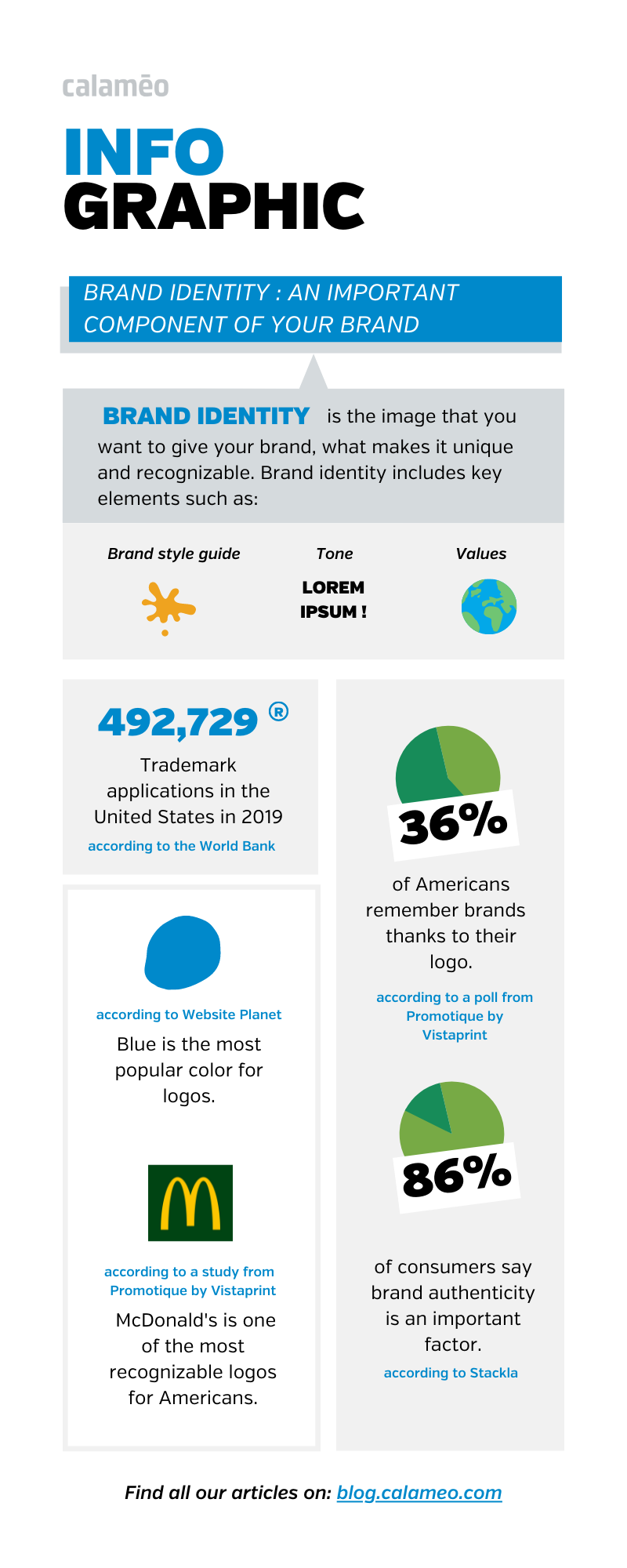The Digital Publisher’s Guide to Social Media
Thanks to social media, delivering content to thousands of people at once is as easy as hitting the “Post” button. But it isn’t always easy to achieve the results you have in mind. That’s why we’re bringing you a new series all about making these channels work for your digital publishing needs. Next up: how to promote content with LinkedIn.
Why use LinkedIn to promote content?
If you think of LinkedIn mostly as a place to look for job openings, think again. Over the past several years, the social network built for professionals has added lots of new features and tools designed for content. Although it’s not the biggest social platform, LinkedIn’s 810 million users represent a particularly valuable audience of executives, entrepreneurs and employees.
As a result, LinkedIn has become a key channel for distributing B2B digital content. In other words, businesses that sell their products or services to other businesses want to be seen in LinkedIn Feeds. In fact, it’s the #1 social media network for B2B marketers with a content strategy. A recent study found that 95% said they published non-sponsored posts on LinkedIn. (More focused on B2C? Keep reading—B2C marketers use the platform, too.)
Since 30 million companies have joined LinkedIn, the importance of B2B influencers has exploded. Also called “thought leaders,” these users can attract big audiences to their reflections on trends, tools and ideas in business. Consider how your digital publications, from brochures to white papers, can help your company join the conversation and reach the right readers. Then, get ready to promote content with LinkedIn.
Choose the right format
The first choice you’ll need to make when posting your content to LinkedIn is what format to use. Because LinkedIn offers different options than most other social platforms, this can be a little more complicated than usual. For example, personal profiles and business pages don’t have the same posting possibilities.
If you’re posting from a business page to promote content with LinkedIn, you’ll have three main choices. You can create a classic Link post, an Image post or a Document post.
Link post
- A Link post is great for sharing important sales and lead generation content, like your professional digital publications on Calaméo. Whether embedded on a landing page or ready to browse in our full-screen viewer, your publications can benefit from readers coming from LinkedIn.
Image post
- An Image post will contain a featured .jpg or .png file, plus your message. To achieve an Image look while still including a link in your update, first enter the post text and link. Then, LinkedIn will pull a selection of images from your link to use in your post. Choose the image you prefer and hit Post!
Document post
- A Document post allows you to publish an entire PDF file within a LinkedIn update. Readers will be able to view your document without ever leaving their feeds, which means you can share more complex content directly in the Feed.
If you’re posting from a personal profile, you also have access to LinkedIn’s Articles feature. The Articles format is similar to a blog post: longer than the messages that accompany Link, Image and Document posts, but more limited in scope than a digital publication.
In short, the post format that works best for you will depend on why you want to promote content with LinkedIn. For instance, Articles and Image posts might help you find new followers and build an audience on the platform. However, Link posts to your digital publications may be most effective for nurturing prospects and gaining customers.
Optimize your message
In addition to its professional user base, marketers love LinkedIn for its generally high engagement rates for organic posts. You should expect to see 1-2% of the people who see your update to comment, click, react or share. Meanwhile, engagement rates on Facebook and Twitter are only about half of that: 0.50% to 1%.
What’s more, LinkedIn has been open about the factors that make a post likely to get better reach. Above all, engagement matters. Getting your followers—and their followers!—to respond to your posts is the key factor to effectively promote content with LinkedIn.
So what can you do in concrete terms to encourage engagement? There are lots of ideas out there, but the most common advice is to focus on your post text. For every type of post format, you’ll be able to include a message of up to 700 characters. Use that space to speak to your audience! Explain why they should click, ask what they think, tell them a story about your content. To finish, add a few well-chosen hashtags to make your post easier to discover.
Watch for conversions
Once you’ve started sharing on LinkedIn, you can begin to evaluate the kinds of content that you’d most like to emphasize. For many B2B oriented companies, online content marketing with guides, case studies, white papers and more has become an important way to find new customers. And you’ll want to know how well these digital publications are performing.
LinkedIn provides a number of useful statistics about your updates, which are visible to company Page Administrators in their Analytics tab. Besides gaining valuable insights into your audience, you can check the reach, clicks and overall engagement rate of your posts. Unfortunately, there are no more specific details available about the digital publications that you’ve shared. In other words, even Document posts won’t have data about publication views.
Therefore, you can get the best out of both worlds when you promote content with LinkedIn that is part of your sales and marketing strategy. Create a post about a digital publication embedded on your website, where a pop-up form can generate leads. Or enrich your business’s catalogue with Shopping links, then share to support sales. Your digital publications on Calaméo come with advanced statistics that help you dig deeper into audience engagement.
Ready to start?
Now that you’ve got all the details about how to promote content with LinkedIn, it’s time to turn your online documents into great digital publications. Sign up for your free Calaméo account today and explore what digital publishing can do for you!






